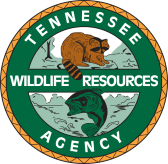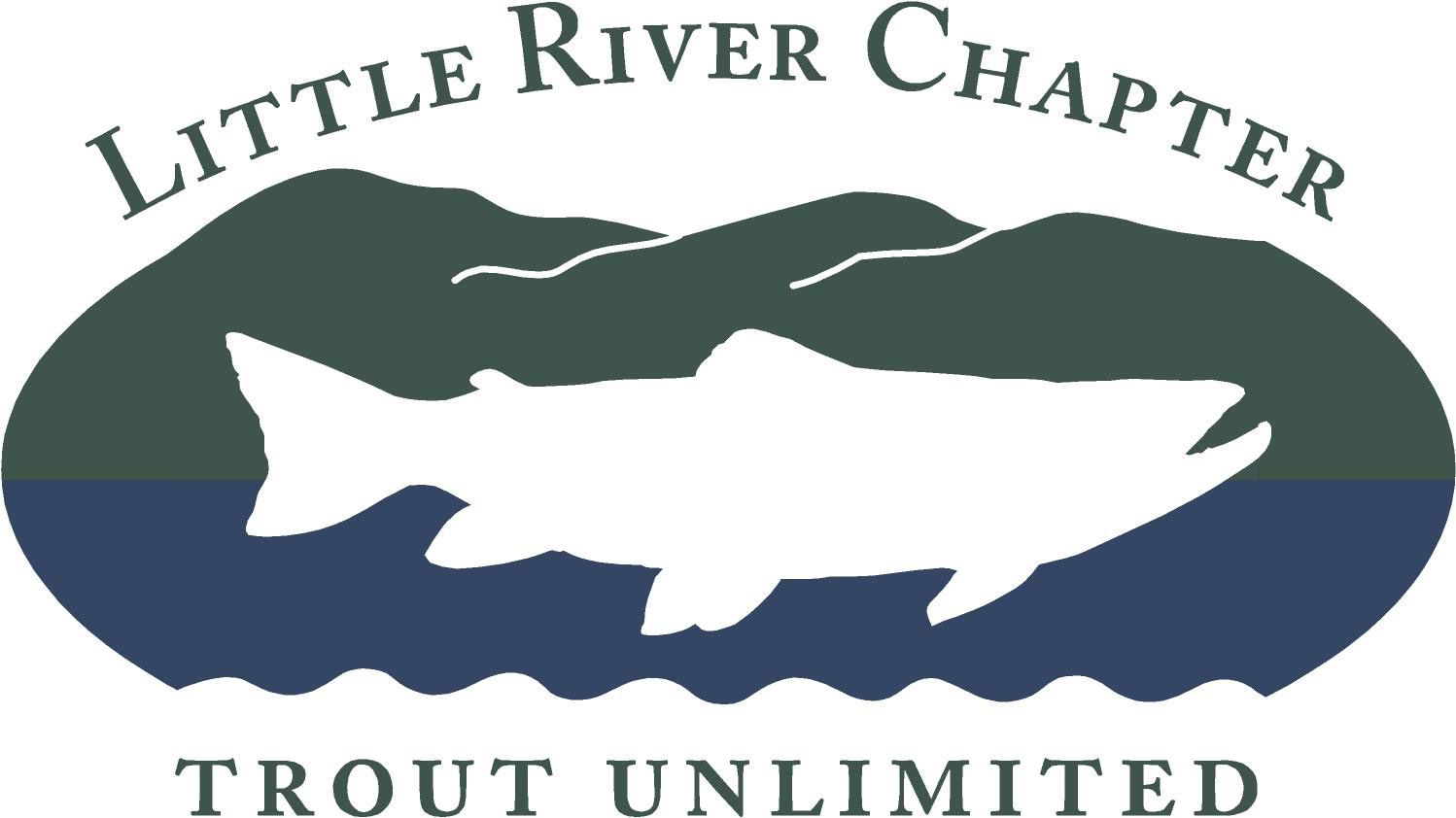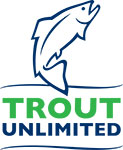President’s Corner
Ernie Frey ernest.frey@comcast.net
Newsletter
It’s February and Spr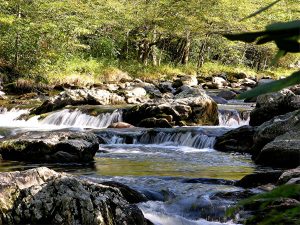 ing is just around the corner. I have seen Forsythia blooming and I have heard that spring mayflies have been seen. I have not been fishing yet. Every time the fishing fever strikes the weather turns ugly but that is the nature of this time of year. Patience! Spring is just around the corner!
ing is just around the corner. I have seen Forsythia blooming and I have heard that spring mayflies have been seen. I have not been fishing yet. Every time the fishing fever strikes the weather turns ugly but that is the nature of this time of year. Patience! Spring is just around the corner!
Now is the time to be filling the fly box and making sure the fishing equipment is ready to go. To help with that, there will be a tech class at 5:30 before the next meeting February 23 to discuss rod and reel maintenance. It’s easy to throw the rod and reel in the rack or leave it in the tube after an outing but now is the time to check them out and clean them up.
Steve Young and I attended the initial meeting of the new Maryville Healing Waters program. For our members who are veterans or members who just want to volunteer to help our military veterans, this is a great program. They are folks who just want to be on the water so I hope we will help them. this time of year. Patience! Spring is just around the corner!
Now is the time to be filling the fly box and making sure the fishing equipment is ready to go. To help with that, there will be a tech class at 5:30 before the next meeting February 23 to discuss rod and reel maintenance. It’s easy to throw the rod and reel in the rack or leave it in the tube after an outing but now is the time to check them out and clean them up.
Steve Young and I attended the initial meeting of the new Maryville Healing Waters program. For our members who are veterans or members who just want to volunteer to help our military veterans, this is a great program. They are folks who just want to be on the water so I hope we will help them.
Ernie
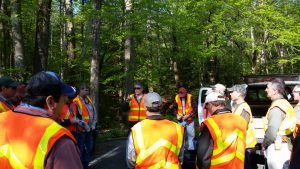 n time and the chance to help out the Park. Our annual Little River Cleanup is scheduled for Saturday, March 25 starting at 9:00 AM at Metcalf Bottoms Picnic Area.
n time and the chance to help out the Park. Our annual Little River Cleanup is scheduled for Saturday, March 25 starting at 9:00 AM at Metcalf Bottoms Picnic Area.

